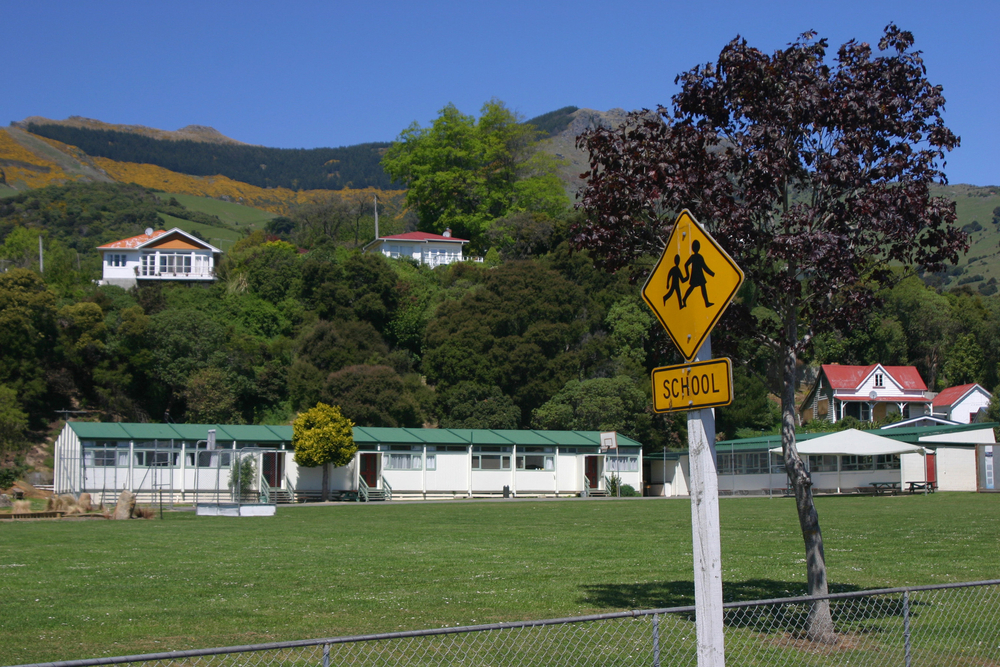The West Australian recently reported “The loss of a fingertip in a school accident and a child bitten by a snake in a playground sandpit are among critical incidents reported by private schools last year.”
It was reported that brief details of this incident and many others “were revealed on a list of 108 critical incidents, obtained by The West Australian, that WA private schools reported to the Department of Education Services last year.”
According to the Department of Education Services (DES) WA, critical incidents are incidents in non-government schools which include:
- circumstances that pose a critical risk to the health, safety or well-being of one or more students or staff;
- incidents requiring school closure, lockdown, or reduction of number of students or staff attending;
- death or life-threatening injury of a student or staff member at school, following an incident that occurred while being educated, or through a related school-based activity or circumstance;
- receipt of an allegation of child abuse, including but not limited to sexual abuse, against a student by a staff member or student or other person, whether the abuse is alleged to have occurred recently or in the past; and
- issuing a formal warning to a staff member or ceasing the employment of a staff member for breach of the staff Code of Conduct suspected to be grooming behaviour.
There are similar requirements in most States and Territories for schools to report critical Incidents to an overarching government regulatory body. Examples can be found in Victoria, the ACT, and South Australia. All non-government schools in the ACT were required as of 01 January 2016 to report Critical Incidents to the Department of Education.
According to The West’s report, the list also contained nine reports of self-harm, including five cases of attempted suicide, and 23 reports of sexual allegations. There were three reports of alleged inappropriate physical contact by teachers and two reports of alleged inappropriate behaviour by school bus drivers.
Access to this data could have been possible through the Freedom of Information (FOI) Act (1982) whereby The West’s reporter would have made a request to access government documents. Although non-government schools are not required to respond to FOI requests, the moment that they send a Critical Incident Report to a government body, such as the State Regulator (DES) in this case, then that information, or at least some of the information, passed on by the school can then be made public as the Regulator is required to comply with the FOI Act.
Documents accessible under the FOI Act include paper records, plans and drawings, photographs, tape recordings, films, videotapes or information stored in a computerised form. Agencies (government departments) are required to assist applicants to obtain access to documents at the lowest reasonable cost.
So what should schools do to ensure that they do not either breach Acts regarding the requirement to report and lodge Critical Incident Reports whilst still maintaining a level of confidentiality and ensuring that their reputation is not put under scrutiny in the event of a successful FOI application?
- Fulfil all State requirements to lodge a Critical Incident Report. Ensure that it is fully completed and submitted within the required time frame.
- Define the ‘incident’ carefully. It could be a ‘one-off’ matter or perhaps a series of matters over a period of time- for example, the decision to expel a child for persistent and ongoing severe breaches of a behaviour management policy may be based on a whole series of events and not just the last one.
- Ensure that the detail is factual but brief and to the point- do not embellish. Unnecessary information or too much information does not add any more credibility to the report.
- Ensure that school policies have been followed when dealing with each critical incident. The policies are in place to ensure that you are mitigating against these types of risks.
- Use the critical incident to review the policy and procedures. However, this is an internal procedure and would not usually be reported to an external Regulator.
- Be aware that some information provided in the report or how the incident is described could lead to more information being made public through FOI or prejudice a possible insurance claim.
- If unsure, always seek legal advice before submitting the form. A hastily completed and lodged form (there is usually a 48-hour window to lodge) could result in adverse outcomes- particularly if there is an insurance claim or FOI request.
The West’s report does not highlight persistent or common problems and it certainly does not do much more that try to present non-government schools on the same ‘playing field’ as the government schools. It was quoted that the WA State Education Minister Peter Collier said it was important that private schools were as accountable as public schools. “It’s got to be a level playing field,” he said.
The West Australian has this week published an article relating to 63 critical incidents of physical assaults or threats using weapons (Armed at School) in government schools that were reported to the Department of Education between February 2 and March 1, 2016.


.png)
